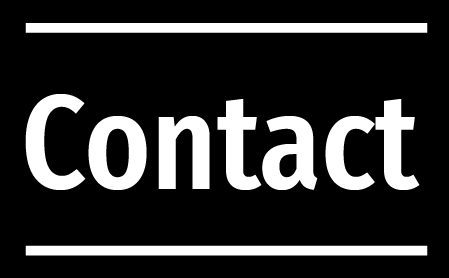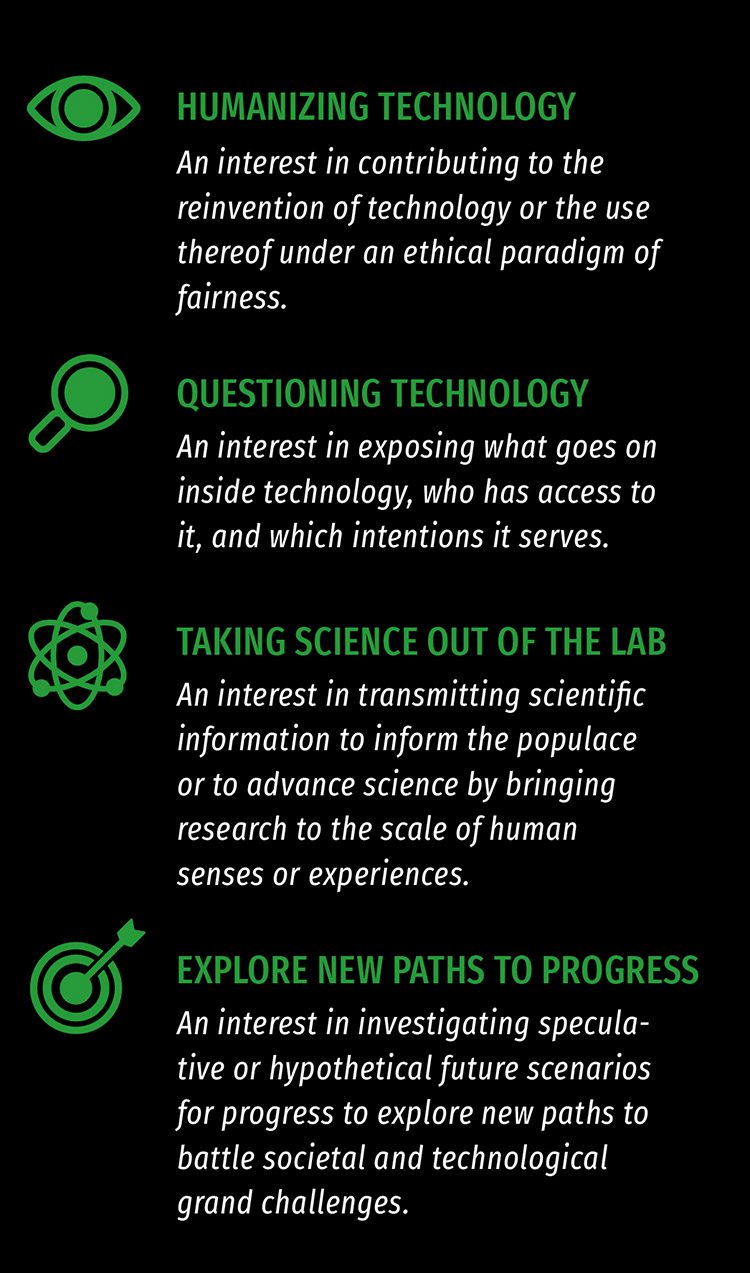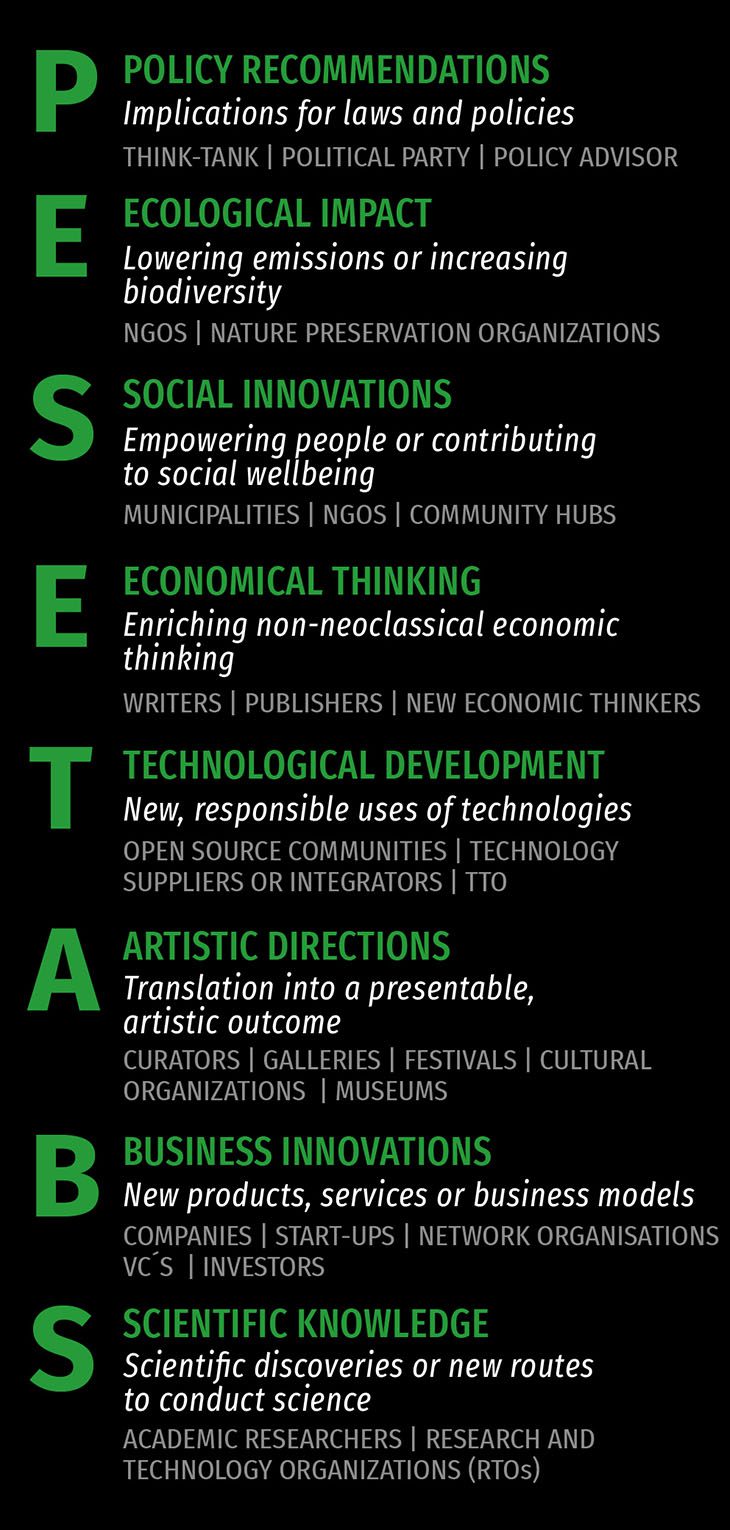How to make one feel a painting? Feel the warmth with which it is created and feel the warmth that the visual image bears. These were some of the take-off points of the experimentation process of Priscila Fernandes. And as in any experiment, one starts to investigate the potential of materials, research on how it is used and test possible outcomes. The exact results are beforehand unknown, they evolve over time. A surprise for all involved.
In this article, we will take you on the experiment journey of Priscila Fernandes in making a heating table and creating encaustic paintings.
The take-off
Priscila Fernandes approached In4Art to support her within the Incubation Track, where we provide funding and advice. She wanted to investigate how she could generate a series of new work using encaustic paint – hot wax paint – in which heat was embedded in the artwork itself. She found that the existing tools and techniques to use encaustic could be improved, specially for making large artworks as she envisioned. One of the problems she found was how rapidly the encaustic would dry while painting. How could she extend the fluidity of the paint and have more control over the melted wax?
Ancient Technique
The word encaustic originates from the Greek word enkaustikos which means ‘to burn in’. It is a painting technique where beeswax and pigments are applied, while hot, into a surface; either wood, stone, paper or canvas. It was invented by the ancient Greeks and travelled throughout the Mediterranean to find outings in Egypt, Byzantium and Rome. The ancient technique was quite laborious, making sure that the wax (and/or tools) where at the right temperature. Once off the heat – beeswax dries very quickly.
Various artists turned to this technique; mummy portraits from Ancient Egypt and Greek, but also contemporary artists like Jasper Johns with his iconic 1954 Flag.
 But also for other applications it was a popular material. Did you know that the first tablet was a wax tablet? A predecessor of our computers and I-pads. We also inherited the phrase “a clean slate (tabula rasa)” from this invention. Having the ability to transform the wax and bring it back to the original state, gives possibilities for durability, but also for recycling. If the initial use became obsolete, one can reuse it. You don’t have to throw it away.
But also for other applications it was a popular material. Did you know that the first tablet was a wax tablet? A predecessor of our computers and I-pads. We also inherited the phrase “a clean slate (tabula rasa)” from this invention. Having the ability to transform the wax and bring it back to the original state, gives possibilities for durability, but also for recycling. If the initial use became obsolete, one can reuse it. You don’t have to throw it away.
The Heating Table
Encaustic painting, also known as hot wax painting is one of the oldest art forms. How to give this painting technique renewed relevance by using today’s technology? Today, various tools such as hot plates or heat guns exist. However, they are not sufficient to apply heat on large dimensions.
To be able to experiment with this technique, Fernandes needed to extend the time to work with the melted beeswax. Therefore, she was in need of a heating table; a new machine to work with encaustic. And she managed to built one. She custom made the heating table in modular components so that it it would fit the size of the works she wanted to make (playing with the dimensions of 200 x 150 x 100 cm). The table consists of two tempered sheets of glass sandwiched together with industrial silicon and kanthal wire. It heats up to temperatures between 30-90 degrees, which can be controlled with dimmers and varying leg sizes. A continuous process of melting and cooling took off. A research into the right temperatures to work with the wax, the most appropriate surfaces and how to feel the warmth.
Experiments & Material Insight
Wax is a raw material that has been used for thousands of years for a variety of applications and can be found in three main categories: natural, semi-synthetic and synthetic. From the natural waxes, a distinction is made in living organisms and fossil origin (carbon- or oil based). In order to produce encaustic, Fernandes chose to use natural beeswax and damar resin. This mixture is known as one of the most durable forms of making paint because of the inherent qualities of the wax: not only is it a natural preservative, it is also resistant to moisture and will not get dark or yellow with age. Even over 2000 years old, encaustic painting shows no cracking, flaking, or fading.
An interesting fact is that of the materiality of the wax. This gives it the possibility to paint or sculpt with it, to continuously melt and start anew. At the same time, it interacts with the surface, it can be absorbed into fabrics or create heavy textures in materials such as wood or stone. This leads to various experiments with different surfaces to understand the effect it had on the texture, color intensity, transparency and the different drying times. Priscila experimented with cotton, paper, primed canvas and plywood. In the end, an interesting effect was reached when unprimed cotton was used. This brought the most transparency to the painting. It was a pleasant consequence since it allowed the painting to be more luminous and vibrant. On the other hand, this transparency also gives possibilities to initiate new experiments with paintings that are visible from both sides. Furthermore, it requires another way of framing.
The development of the narrative – where material and visual are united
Could a painting be an artificial source of heat? How to create that effect of transfer of the heat, almost making you feel it? And how to use such qualities as the narrative of the artwork?
Fernandes incorporated notions of heat and light as concepts for her forthcoming exhibition titled ‘Luísa’s Wedding’. A human reflection full of joy, about empathy and connecting with someone. But it also shows our vulnerability. The delicate balance when something goes well/ feels warm, but can quickly turn bad/ dark. Here we are reminded of Icarus wax wings and his temptation to fly near the warm yellow rays of sunlight, making his wings melt and causing him to fall. Priscila Fernandes’s exhibition is about this longing for warmth and the human touch. Metaphorically speaking: what ‘light’ do you shine (upon something)? And how do you feel the ‘light’?
She was also very interested using the technique of encaustic metaphorically. She achieved so, by using ideas of heat, temperature, transparency and fluidity as structuring concepts for the narrative of the work and installation of the exhibition.
The Exhibition: A warm, sunbathed stroll
The title of the exhibition is ‘Luísa’s Wedding’ and will be held from April 21st until June 2nd in Porto, Portugal at the Galeria Fernando Santos. The exhibition is divided into temperatures: in the frontal exhibition spaces are paintings made mainly with a warm color palette; while the back spaces of the gallery have paintings with colder colors. In total 14 paintings in cotton or on paper, varying in sizes of 150x 100 to 200 x 150 cm are going to be on exhibit. Follow her Instagram/ website to stay up to date.
What’s next?
During experimentation with the encaustic technique, the insights led to new questions and possibilities for future development. The fascination of touch, of physical warmth, could benefit from a skin-like surface. How would it work on leather, or perhaps on bacteria-grown leather (kambutcha)? And talking about transparency, how can it be framed that both sides of the work can be exhibited? Or what will happen, if other ‘glazing’ techniques will be added to the beeswax. Think about a sugar coat, melted sand turning into glass or evaporated salt, making you taste the sweaty skin of the heath?
These are the types of discussions In4Art and Priscila keep on having. The research insights will be visualized in a new artwork that will go to the In4Art Collection as a result of this collaboration: a so-called derivative.
Experimenting with Derivatives
Derivatives are works that are based on an artist’s existing practice, but which are collectible and accessible to a new range of collectors. These may take the form of a ‘multiples box’ series, a special edition, or a translation of a previous work to a different scale. These derivatives entail the philosophy of the artists’ work while affording new opportunities to artists and buyers alike. Derivatives are both a diversification of an artist’s portfolio and an enrichment of their distribution channel.
Priscila Fernandes on the collaboration
As an artist, I find time for experimentation to be one of the most important keys in the development of a practice. Most of the time, artists can’t find the funding needed to sustain this side of their practices. It is an investment that is not retrieved in sales or in exhibition making, with the costs either being supported by the artist or by research grants. The support from In4Art was not only financial, but also a dedicated program which allowed me to have a structured reflection of my work. In4Art were enthusiastic at every studio visits and their different background and focus allowed me to question my work in a way that was fruitful for its development.





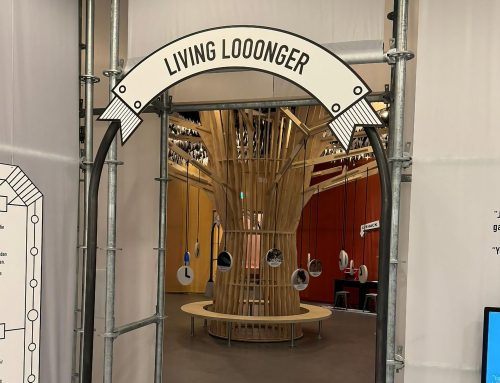


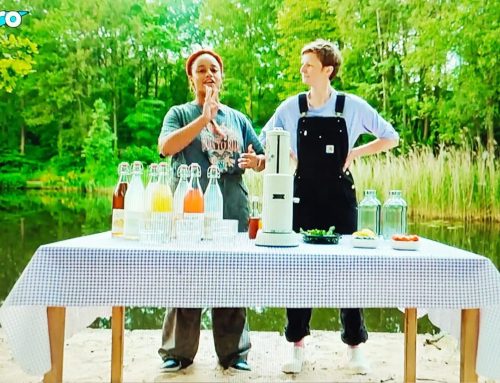


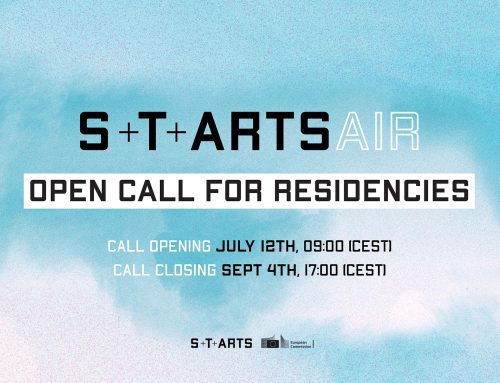

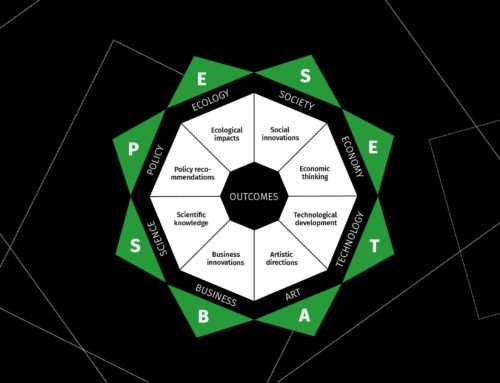


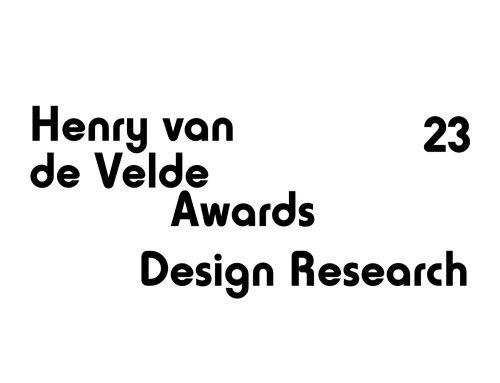
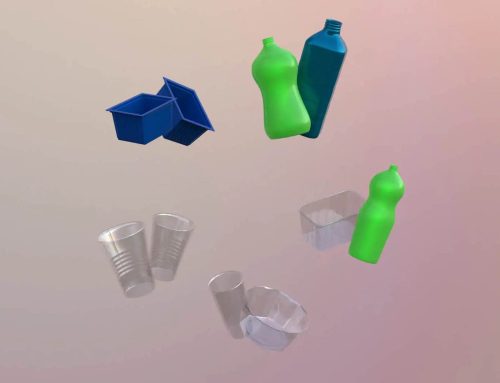


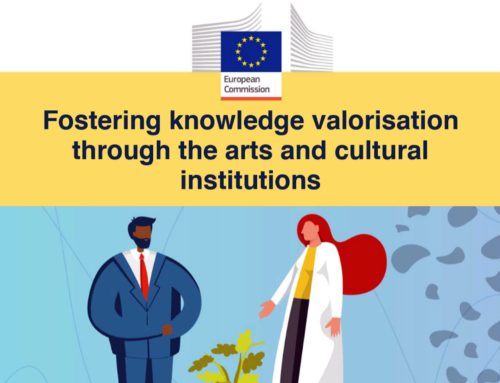
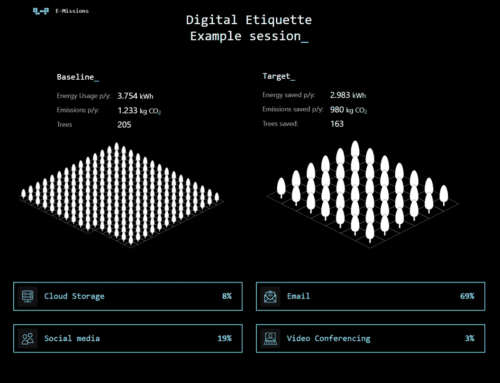

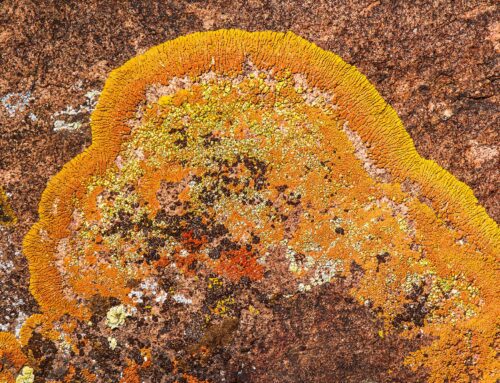


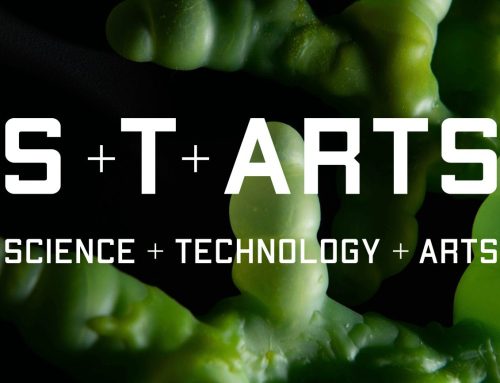


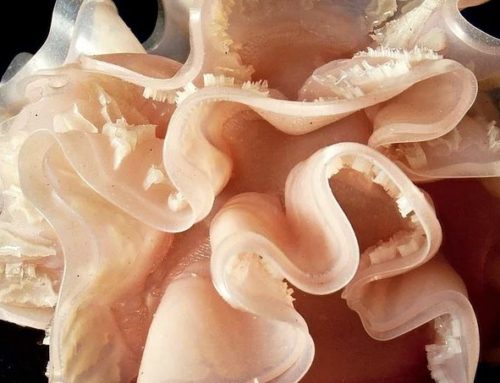

![Get ready to experience Transnational Activation of Simultaneous Touch [TAST] – 19 May 2022 – 22 May 2022 at V2_ in Rotterdam](https://b2035236.smushcdn.com/2035236/wp-content/uploads/2022/04/TAST-Marnix-de-Nijs-500x383.jpg?lossy=1&strip=1&webp=1)
